Promotional merchandise that is branded with a company's logo or message has been a cornerstone of marketing for a long time. These items typically range from simple pens and tote bags to high-tech gadgets; and they all serve as a physical reminder of a business that values brand recognition and loyalty among customers. However, in an increasingly digital marketing landscape, the question arises: Is branded promotional merchandise still a worthwhile marketing strategy?
Promotional merchandise promotes a genuine connection with customers, unlike digital ads, which can be easily overlooked and often are. These items can be even more effective when it is targeted and personalised to the recipients. By understanding your target audience's wants and needs, businesses can select items that not only will be appreciated but also significantly improve how people perceive the brand and help build stronger customer relationships.
Importance of Measuring Success and ROI
While it's clear that branded promotional merchandise has benefits, it's important for companies to track their success and ROI. This involves tracking KPIs that align with objectives such as brand awareness, customer engagement, leads and sales growth. By tracking progress towards clear goals, businesses can measure the impact of their promotional merchandise campaigns and refine future strategies. This ensures informed decision-making and efficient use of marketing budgets by revealing which items are most effective.
In today's competitive business landscape, it is crucial to ensure that every marketing investment yields a positive return. Calculating the ROI of promotional items enables companies to assess the effectiveness of their investments and justify their marketing expenditures. An ROI evaluation needs a thorough understanding of both the costs involved, including production and distribution, and the potential revenue gains resulting from heightened brand visibility and customer engagement.
Key Metrics for Evaluating Promotional Merchandise
Key metrics must be identified and tracked to effectively measure the success of branded promotional merchandise. This data-driven approach allows for a quantitative assessment of the impact and the effectiveness of these promotional items.
Here are some key metrics to consider:
-
Brand Awareness: Track changes in brand mentions and visibility through surveys and social media analytics to measure the increase in brand recognition after distributing merchandise.
-
Customer Engagement: Track how the branded items drive engagement with the business by monitoring metrics such as website traffic, social media shares, and event attendance associated with the merchandise.
-
Lead Generation: Track the number of promotional item recipients who express interest in the brand's products or services to evaluate the number of new leads generated.
-
Sales Conversion: Examine how promotional merchandise translates into actual sales. This metric demonstrates the direct revenue impact of the merchandise.
-
Customer Retention: Analyse customer loyalty programs and repeat purchases to determine if the merchandise is effective in retaining existing customers and improving customer retention rates.
Companies can get a clear understanding of how their promotional merchandise is performing and how it adds to their overall marketing goals by carefully tracking these metrics.
Tools for Measuring ROI on Promotional Merchandise
One of the easier ways to track perfermonace versus ROI is to incorporate technology such as data analytics platforms to track metrics related to customer engagement, sales, and brand awareness. Companies can gain a 360 view of how promotional merchandise influences the business.
QR codes printed on promotional products, or NFC tags that are embedded in the merchandise can track interactions and gather data on how recipients engage with the brand. This real-time tracking allows for quick adjustments to marketing strategies if needed.
Additionally, social media monitoring tools can also track changes in brand awareness and customer sentiment. Companies can assess the impact of promotional merchandise on business perception and identify potential areas for improvement by analysing social media conversations and mentions.
Best Practices for Maximising ROI
To get the most out of your branded promotional items and ensure they support your broader business goals, consider Totally Branded’s top tips:
Know Your Audience: Research your target market to understand what they'll find valuable and engaging. Personalised items are more likely to be kept and used, therefore maximising business exposure.
Prioritise Quality: Instead of ordering large quantities of cheaper items, invest in a fewer, high-quality products; this will reflect positively on your business.
Connect Your Marketing: Incorporate promotional merchandise into your whole business marketing strategy. Combine merchandise campaigns with other marketing activities, such as digital marketing and events, to create a cohesive brand experience.
Include a Clear Call to Action: Add a clear call to action to your merchandise to drive customer engagement. This could be a discount code, website link, or event invitation. BONUS: A QR code that directs you to your services or products works well!
Choose Sustainable Options: Select environmentally friendly products. Sustainability is a growing concern for consumers, and eco-friendly products can improve your brand's reputation.
The bottom line? Despite digital marketing having a colossal rise over the years branded promotional merchandise is still thriving. It should still form part of your marketing strategy and is worth the investment. The key is to do your research on how to connect with your target customer, and track the results.
Are you ready to elevate your brand with branded promotional merchandise? Take a look at our extensive range of promotional products, whatever the event, whatever the industry, Totally Branded has everything you need for a successful marketing campaign.
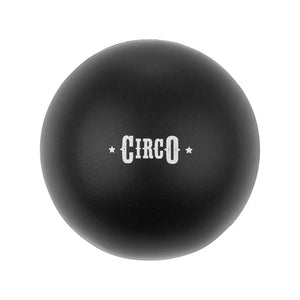
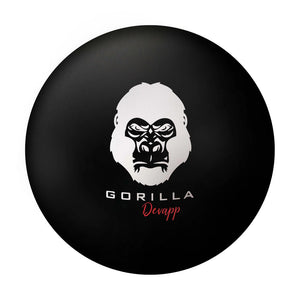
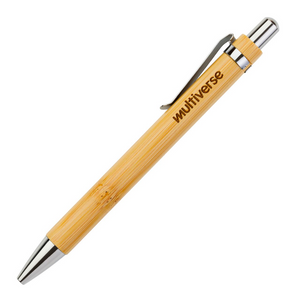
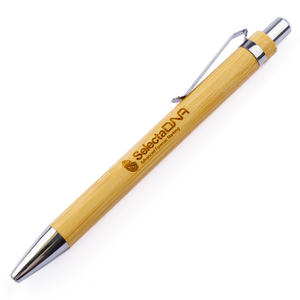


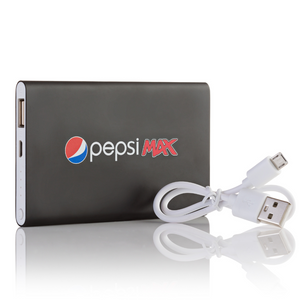
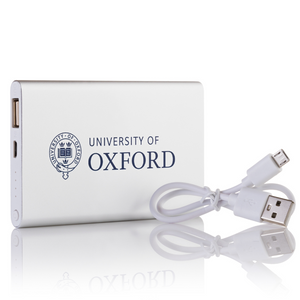
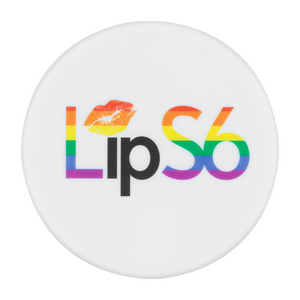
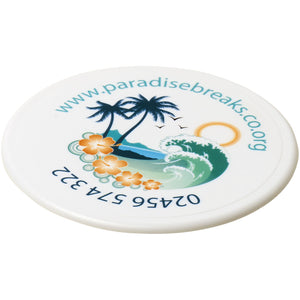
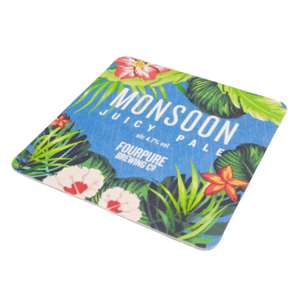
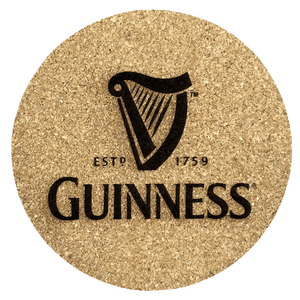
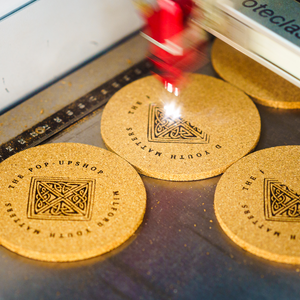
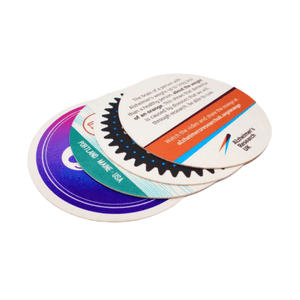

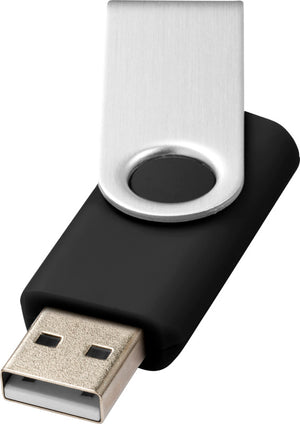
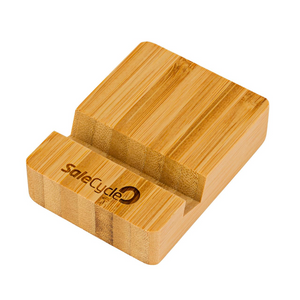
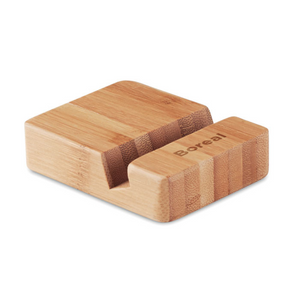
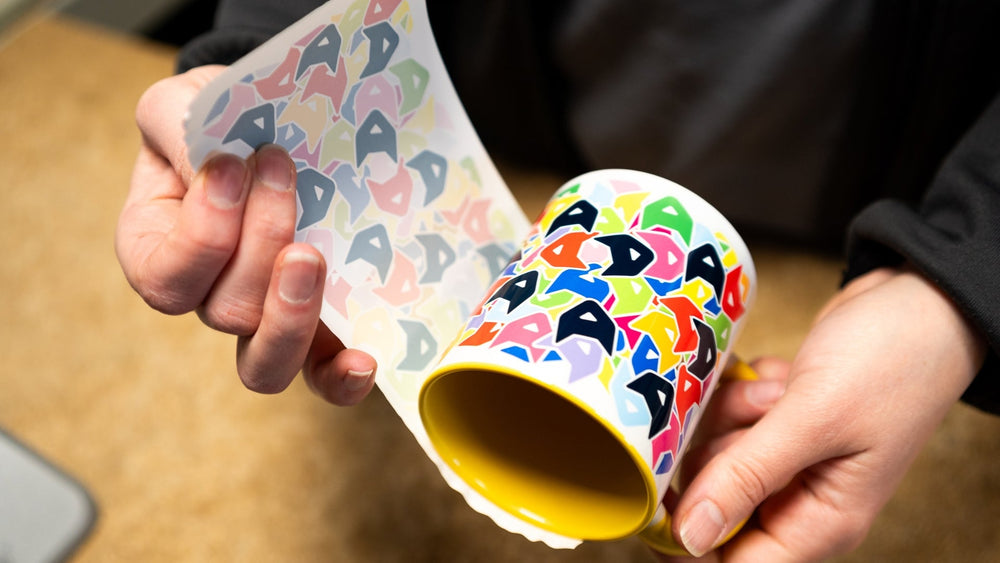
 by Totally Branded
by Totally Branded